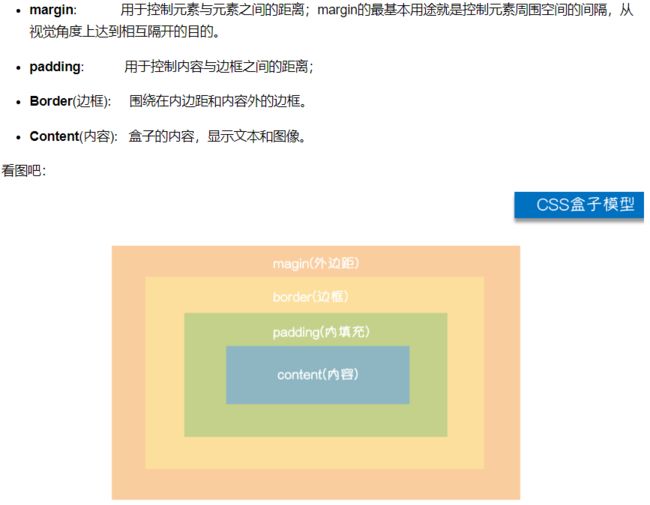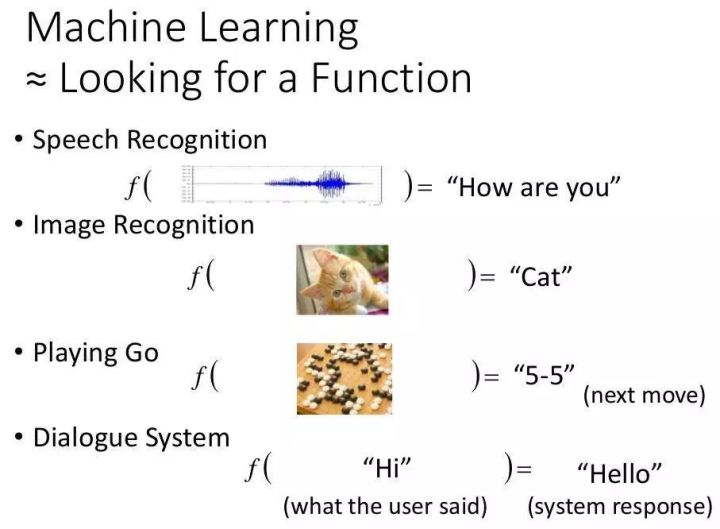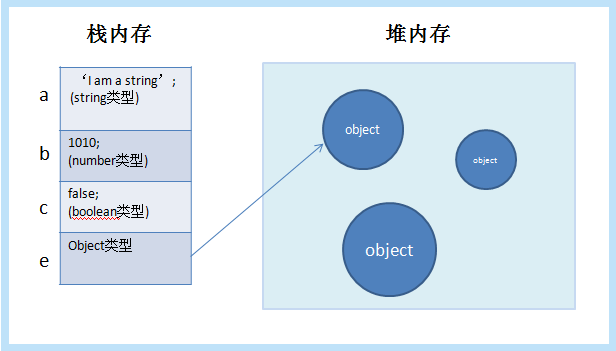深度学习:两个重要属性:多层和非线性
线性模型:任何线性模型的组合都是线性模型,任何一层的全连接神经网络只经过线性变换就与单层神经网络没有区别。
激活函数:能够去线性化(神经元的输出通过一个非线性函数)。
多层神经网络:能够解决异或问题,深度学习具有组合特征提取的功能。
使用激活函数和偏置项的前向传播算法
import tensorflow as tf a = tf.nn.relu(tf.matmul(x,w1) + biases1) y = tf.nn.relu(tf.matmul(a,w2) + biases2)
常用激活函数:tf.nn.relu、tf.、tf.tanh
二、 损失函数(损失)
1、经典损失函数:分类问题:交叉熵,回归问题:均方误差
交叉熵:描述两个概率分布之间的距离。交叉熵越小,概率分布越接近。给定两个概率分布p和q,p的交叉熵用q表示(概率分布q用来表示概率分布p的难度等级,p:正确答案,q:预测值):
神经网络的输出不一定是概率分布。回归是将神经网络的输出转换为概率分布的常用方法。
交叉熵的代码实现:
cross_entropy = -tf.reduce_mean(y_*tf.log(tf.clip_by_value(y,1e-10,1.0)))#y_代表正确结果,y代表预测结果
#第一个运算tf.clip_by_value函数可以将张量的数值限制在一个范围内,这样可以避免一些运算错误 #例如 import tensorflow as tf sess = tf.Session() v=tf.constant([[1.0,2.0,3.0],[4.0,5.0,6.0]]) print(tf.clip_by_value(v,2.5,4.5).eval(session=sess)) #输出[[ 2.5 2.5 3. ],[ 4. 4.5 4.5]],将小于2.5的数替换为2.5,将大于4.5的数替换为4.5 #第二个运算tf.log函数,这个函数完成对张量中所有元素依次取对数。 v = tf.constant([1.0,2.0,3.0]) print(tf.log(v).eval(session=sess)) #输出为[ 0. 0.69314718 1.09861231] #第三个运算乘法,在交叉熵代码中将矩阵使用“*”操作相乘,这是元素之间直接相乘,矩阵乘法需要tf.matmul函数完成 v1 = tf.constant([[1.0,2.0],[3.0,4.0]]) v2 = tf.constant([[5.0,6.0],[7.0,8.0]]) print((v1 * v2).eval(session=sess))#元素相乘 #输出为[[ 5. 12.] [ 21. 32.]] print(tf.matmul(v1,v2).eval(session=sess))#矩阵相乘 #输出[[ 19. 22.] [ 43. 50.]] #前三步结果为:n*m的矩阵,其中n为一个batch的样例数量,m为分类的类别数量。根据交叉熵公式,要将每行m个结果相加得到所有样例的交叉熵,再对这n行取平均得到一个batch的平均交叉熵 #由于分类问题类别不变 sess.close()
与功能一起使用:
如果只有一个正确答案,请使用以下函数加快计算速度:
cross_entropy = tf.nn.sparse_softmax_cross_entropy_with_logits(y,y_)
回归问题解决了特定值的预测。一般只有一个输出节点。最常用的损失函数是均方误差(MSE):
代码:
mse = tf.reduce_mean(tf.square(y_-y))
2、自定义损失函数
# 不同的损失函数会对训练模型产生重要影响 import tensorflow as tf from numpy.random import RandomState # 1. 定义神经网络的相关参数和变量 batch_size = 8 x = tf.placeholder(tf.float32, shape=(None, 2), name="x-input") y_ = tf.placeholder(tf.float32, shape=(None, 1), name='y-input') w1= tf.Variable(tf.random_normal([2, 1], stddev=1, seed=1)) y = tf.matmul(x, w1) # 2. 设置自定义的损失函数 # 定义损失函数使得预测少了的损失大,于是模型应该偏向多的方向预测。 loss_less = 10 loss_more = 1 loss = tf.reduce_sum(tf.where(tf.greater(y, y_), (y - y_) * loss_more, (y_ - y) * loss_less)) train_step = tf.train.AdamOptimizer(0.001).minimize(loss) # 3. 生成模拟数据集 rdm = RandomState(1) X = rdm.rand(128,2) Y = [[x1+x2+(rdm.rand()/10.0-0.05)] for (x1, x2) in X] # 4. 训练模型 with tf.Session() as sess: init_op = tf.global_variables_initializer() sess.run(init_op) STEPS = 5000 for i in range(STEPS): start = (i*batch_size) % 128 end = (i*batch_size) % 128 + batch_size sess.run(train_step, feed_dict={x: X[start:end], y_: Y[start:end]}) if i % 1000 == 0: print("After %d training step(s), w1 is: " % (i)) print(sess.run(w1), "n") print("[loss_less=10 loss_more=1] Final w1 is: n", sess.run(w1)) ''' After 0 training step(s), w1 is: [[-0.81031823] [ 1.4855988 ]] After 1000 training step(s), w1 is: [[ 0.01247113] [ 2.13854504]] After 2000 training step(s), w1 is: [[ 0.45567426] [ 2.17060685]] After 3000 training step(s), w1 is: [[ 0.69968736] [ 1.84653103]] After 4000 training step(s), w1 is: [[ 0.89886677] [ 1.29736042]] [loss_less=10 loss_more=1] Final w1 is: [[ 1.01934707] [ 1.04280913]] ''' # 5. 重新定义损失函数,使得预测多了的损失大,于是模型应该偏向少的方向预测 loss_less = 1 loss_more = 10 loss = tf.reduce_sum(tf.where(tf.greater(y, y_), (y - y_) * loss_more, (y_ - y) * loss_less)) train_step = tf.train.AdamOptimizer(0.001).minimize(loss) with tf.Session() as sess: init_op = tf.global_variables_initializer() sess.run(init_op) STEPS = 5000 for i in range(STEPS): start = (i*batch_size) % 128 end = (i*batch_size) % 128 + batch_size sess.run(train_step, feed_dict={x: X[start:end], y_: Y[start:end]}) if i % 1000 == 0: print("After %d training step(s), w1 is: " % (i)) print(sess.run(w1), "n") print("[loss_less=1 loss_more=10] Final w1 is: n", sess.run(w1)) ''' After 0 training step(s), w1 is: [[-0.81231821] [ 1.48359871]] After 1000 training step(s), w1 is: [[ 0.18643527] [ 1.07393336]] After 2000 training step(s), w1 is: [[ 0.95444274] [ 0.98088616]] After 3000 training step(s), w1 is: [[ 0.95574027] [ 0.9806633 ]] After 4000 training step(s), w1 is: [[ 0.95466018] [ 0.98135227]] [loss_less=1 loss_more=10] Final w1 is: [[ 0.95525807] [ 0.9813394 ]] ''' # 6. 定义损失函数为MSE loss = tf.losses.mean_squared_error(y, y_) train_step = tf.train.AdamOptimizer(0.001).minimize(loss) with tf.Session() as sess: init_op = tf.global_variables_initializer() sess.run(init_op) STEPS = 5000 for i in range(STEPS): start = (i*batch_size) % 128 end = (i*batch_size) % 128 + batch_size sess.run(train_step, feed_dict={x: X[start:end], y_: Y[start:end]}) if i % 1000 == 0: print("After %d training step(s), w1 is: " % (i)) print(sess.run(w1), "n") print("[losses.mean_squared_error]Final w1 is: n", sess.run(w1)) ''' After 0 training step(s), w1 is: [[-0.81031823] [ 1.4855988 ]] After 1000 training step(s), w1 is: [[-0.13337614] [ 1.81309223]] After 2000 training step(s), w1 is: [[ 0.32190299] [ 1.52463484]] After 3000 training step(s), w1 is: [[ 0.67850214] [ 1.25297272]] After 4000 training step(s), w1 is: [[ 0.89473999] [ 1.08598232]] [losses.mean_squared_error]Final w1 is: [[ 0.97437561] [ 1.0243336 ]] '''
© 版权声明
本站下载的源码均来自公开网络收集转发二次开发而来,
若侵犯了您的合法权益,请来信通知我们1413333033@qq.com,
我们会及时删除,给您带来的不便,我们深表歉意。
下载用户仅供学习交流,若使用商业用途,请购买正版授权,否则产生的一切后果将由下载用户自行承担,访问及下载者下载默认同意本站声明的免责申明,请合理使用切勿商用。
THE END























暂无评论内容